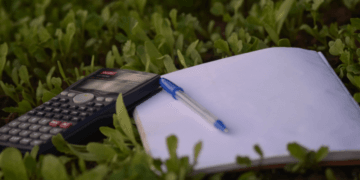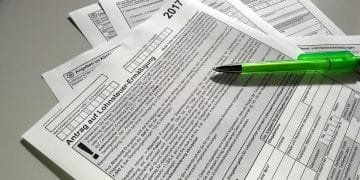[ad_1]
The Ultimate Guide to Mastering Your Personal Finances: A Step-by-Step Plan for Financial Freedom
In today’s fast-paced world, it’s more important than ever to take control of your personal finances. Whether you’re saving for retirement, trying to pay off debt, or just looking to improve your financial situation, mastering your personal finances is key to achieving your goals. In this comprehensive guide, we’ll walk you through a step-by-step plan for financial freedom.
Why Mastering Your Personal Finances is Important
Having a firm grasp on your personal finances is crucial for many reasons. It allows you to create a budget that fits your lifestyle, helps you save for the future, and ensures that you’re prepared for unexpected expenses. By mastering your personal finances, you’ll also be better equipped to make informed decisions about investments, retirement planning, and other financial matters.
Step 1: Assess Your Current Financial Situation
The first step in mastering your personal finances is to assess your current financial situation. Start by gathering all of your financial documents, including bank statements, credit card statements, and any other relevant paperwork. Take note of your income, expenses, debts, and savings, as well as any financial goals you have. This will give you a clear picture of where you stand financially and help you identify areas for improvement.
Step 2: Create a Budget
Once you have a good understanding of your current financial situation, the next step is to create a budget. A budget is a roadmap for your finances that outlines your income and expenses, as well as your savings goals. Start by listing all of your sources of income, such as your salary, bonuses, and any other sources of income. Then, list all of your expenses, including fixed expenses like rent and utilities, as well as variable expenses like groceries and entertainment.
Step 3: Prioritize Your Spending
With your budget in place, the next step is to prioritize your spending. Take a look at your expenses and identify areas where you can cut back or eliminate unnecessary spending. This could include eating out less, canceling subscription services you don’t use, or finding more affordable alternatives for things like groceries and entertainment. By prioritizing your spending, you can free up more money to put towards your savings goals.
Step 4: Set Financial Goals
Setting financial goals is an important part of mastering your personal finances. Whether you’re saving for a down payment on a house, planning for retirement, or trying to pay off debt, having clear financial goals will help keep you focused and motivated. Write down your short-term and long-term financial goals, and be sure to include specific milestones and deadlines. This will help you track your progress and make adjustments as needed.
Step 5: Build an Emergency Fund
One of the most important aspects of mastering your personal finances is building an emergency fund. An emergency fund is a savings account that is specifically set aside for unexpected expenses, such as medical bills, car repairs, or job loss. Aim to save at least three to six months’ worth of living expenses in your emergency fund, and make sure to keep it in a separate account that is easily accessible in case of emergencies.
Step 6: Pay Off Debt
If you have debt, paying it off should be a top priority in your financial plan. Start by listing all of your debts, including credit card debt, student loans, and any other outstanding loans. Use the debt snowball or debt avalanche method to pay off your debts, starting with the smallest or highest-interest debt first. By making extra payments towards your debts each month, you can accelerate your debt payoff and save money on interest in the long run.
Step 7: Invest for the Future
Once you have built an emergency fund and paid off your debt, the next step is to start investing for the future. Investing is a key component of financial freedom, as it allows your money to grow over time and build wealth. Consider opening a retirement account, such as a 401(k) or IRA, and contribute regularly to take advantage of compounding interest. You can also explore other investment options, such as stocks, bonds, mutual funds, and real estate.
Step 8: Monitor Your Progress
As you work towards mastering your personal finances, it’s important to regularly monitor your progress and make adjustments as needed. Review your budget and financial goals on a monthly basis, and track your income, expenses, savings, and investments. Pay attention to any changes in your financial situation, such as income fluctuations or unexpected expenses, and be prepared to make changes to your plan as needed. By staying proactive and flexible, you can stay on track towards achieving your financial goals.
Conclusion
Mastering your personal finances is a journey that requires dedication, discipline, and patience. By following this step-by-step plan for financial freedom, you can take control of your finances and achieve your goals. Remember to assess your current financial situation, create a budget, prioritize your spending, set financial goals, build an emergency fund, pay off debt, invest for the future, and monitor your progress regularly. With the right mindset and commitment, you can achieve financial freedom and live the life you’ve always dreamed of.
[ad_2]























































